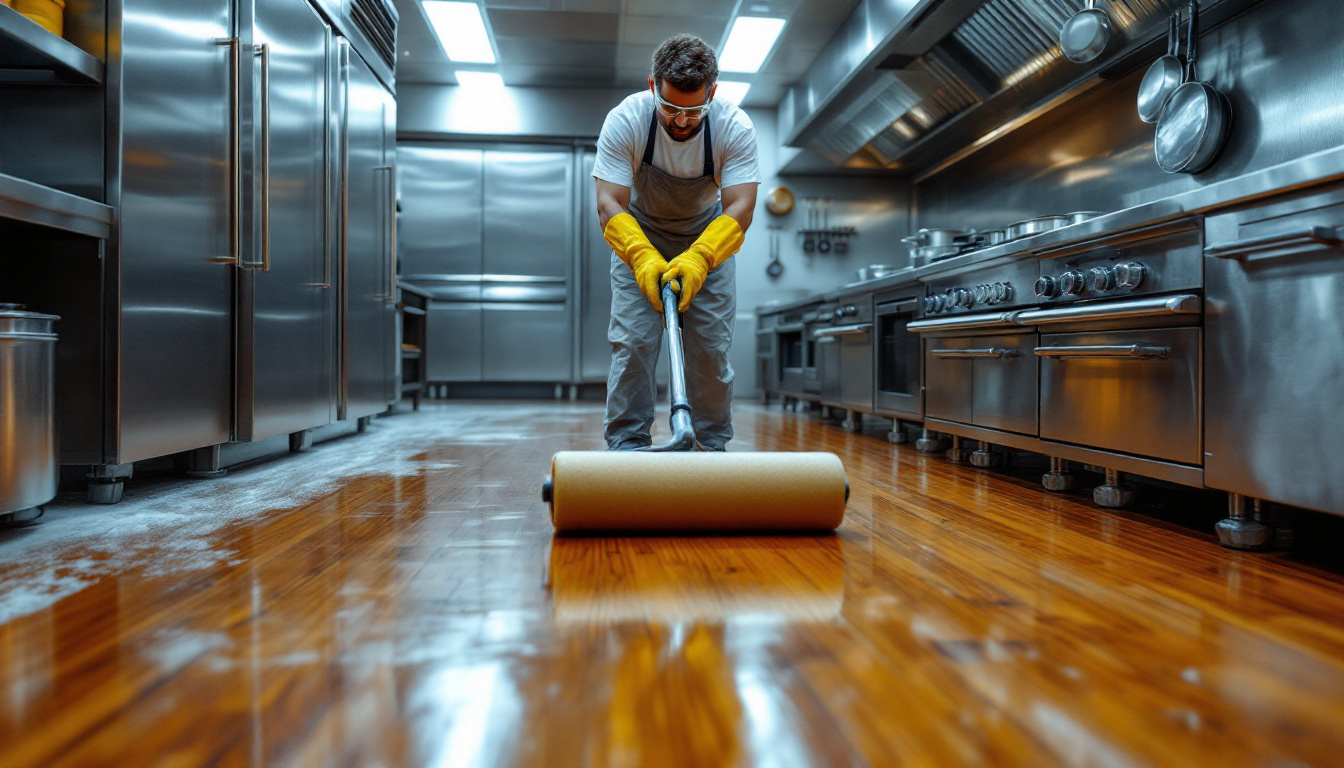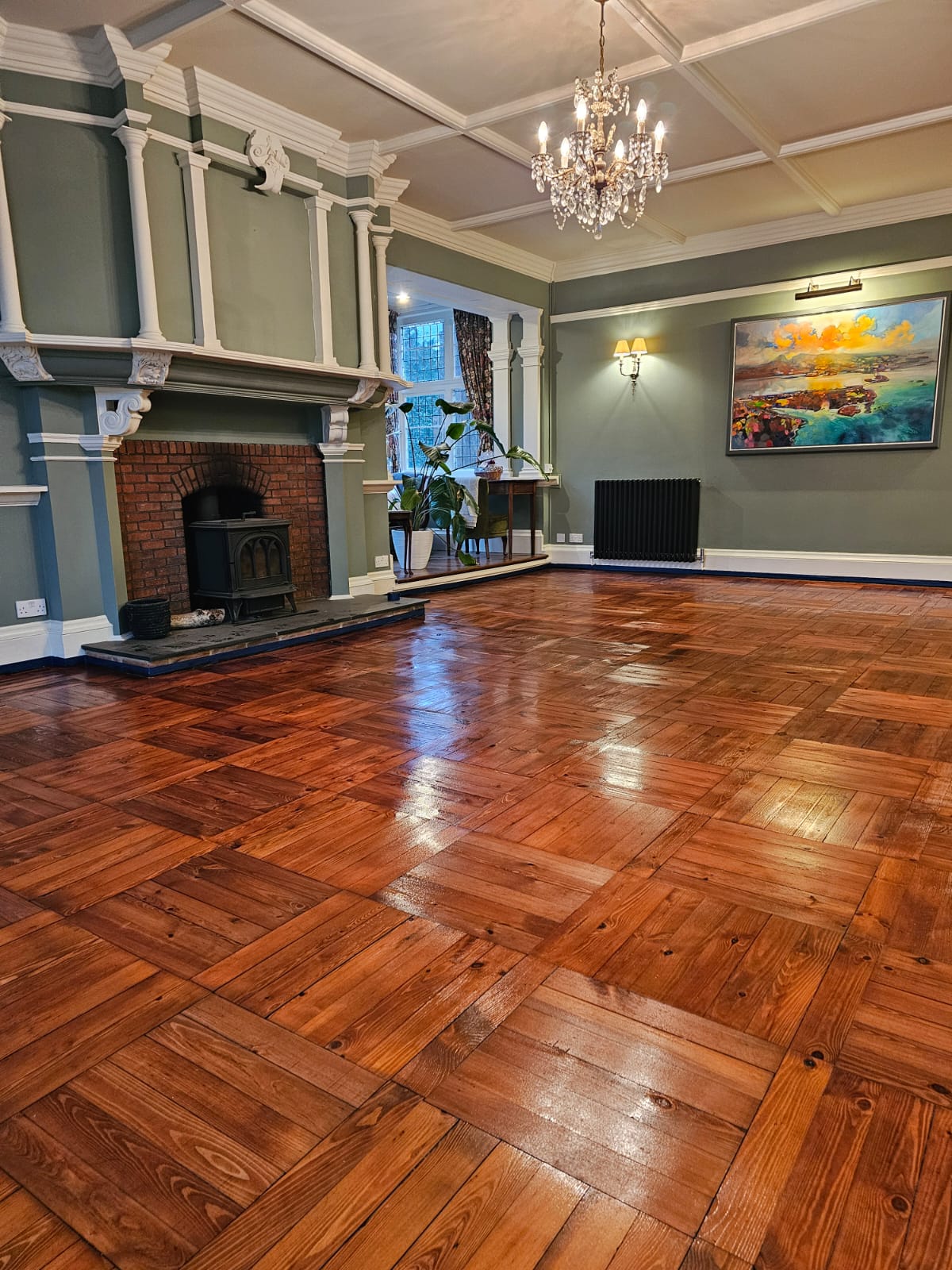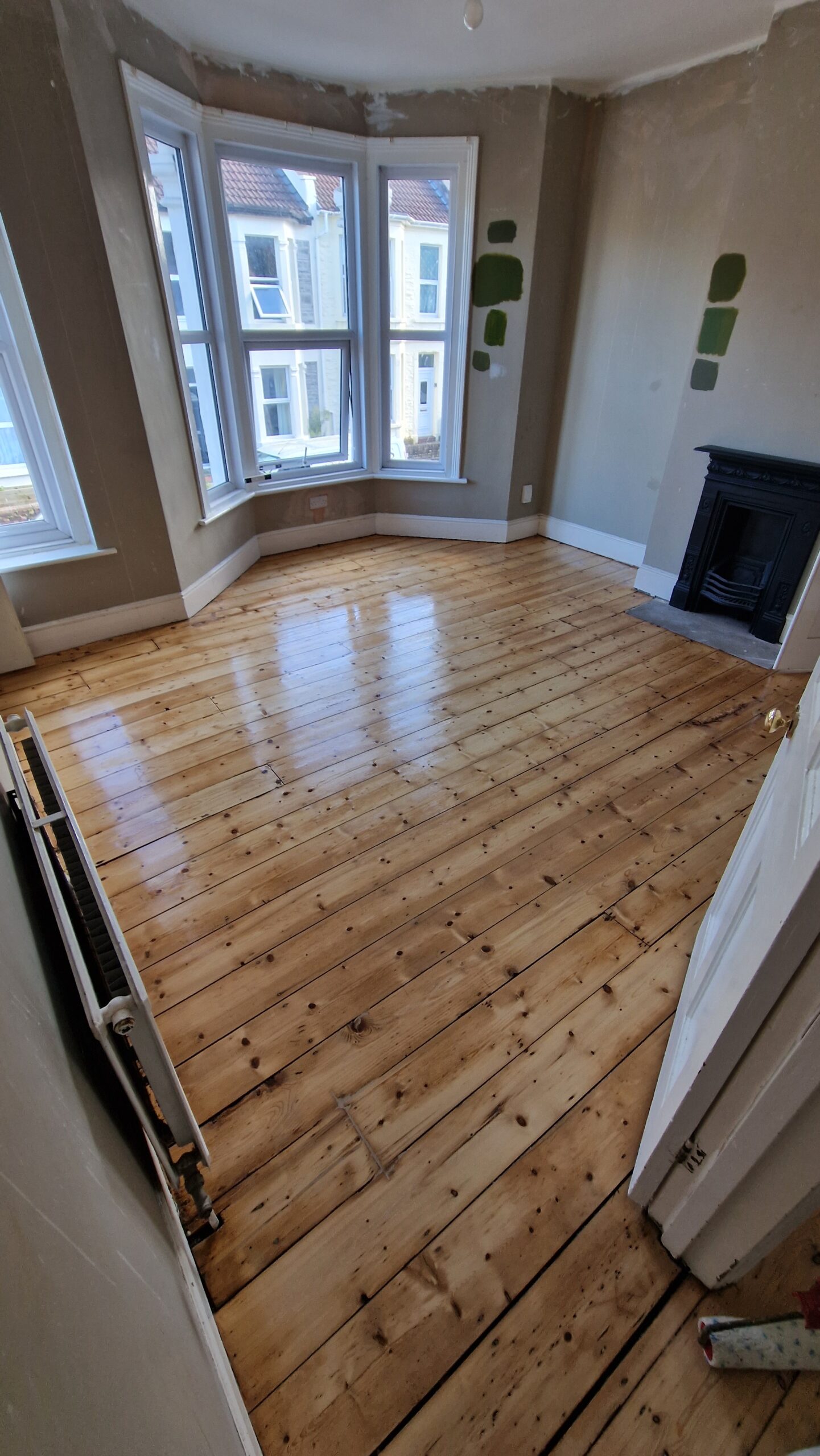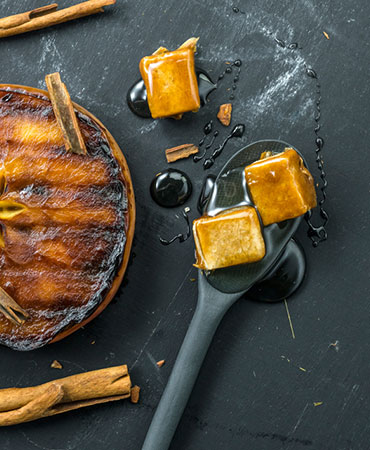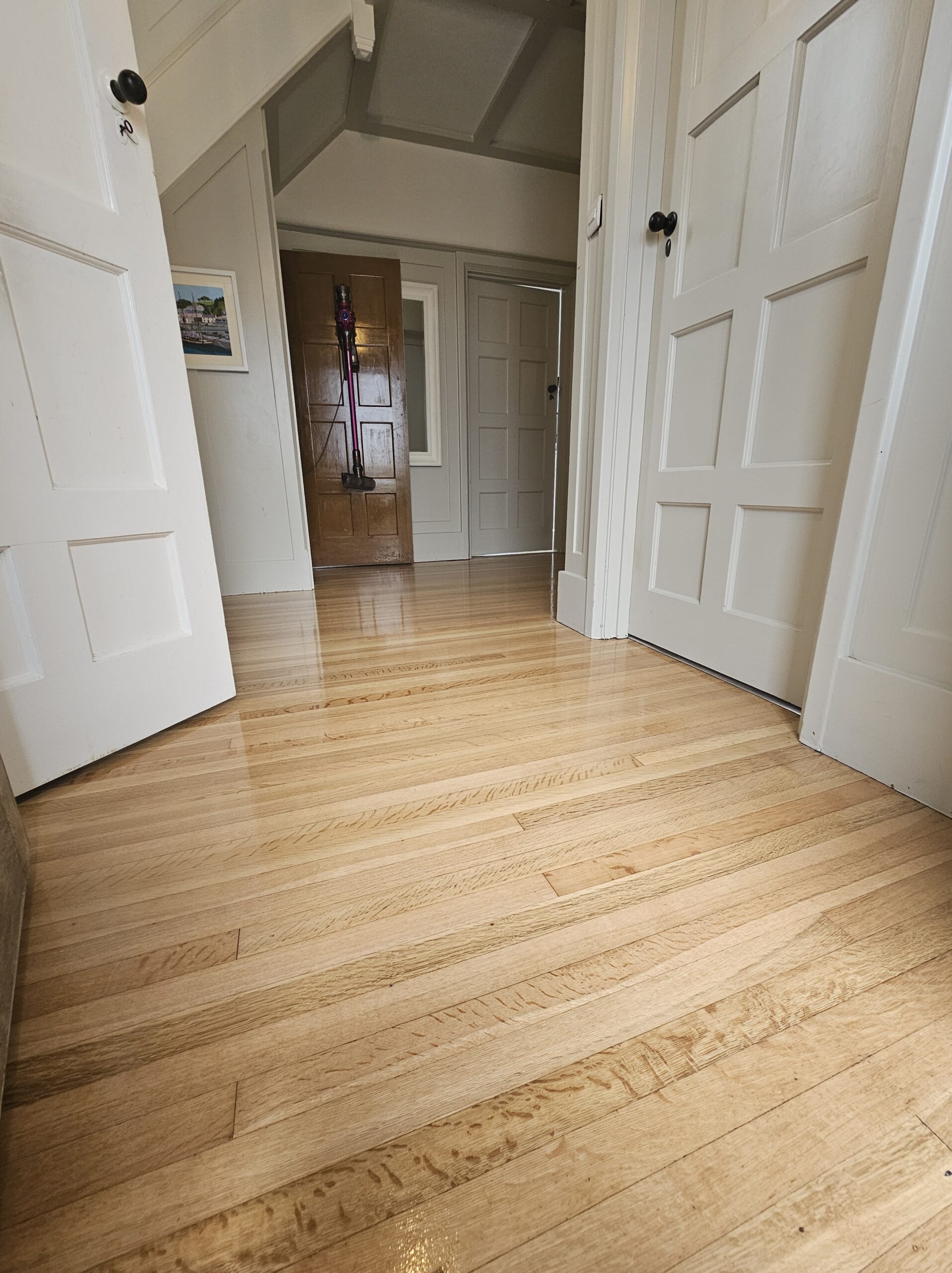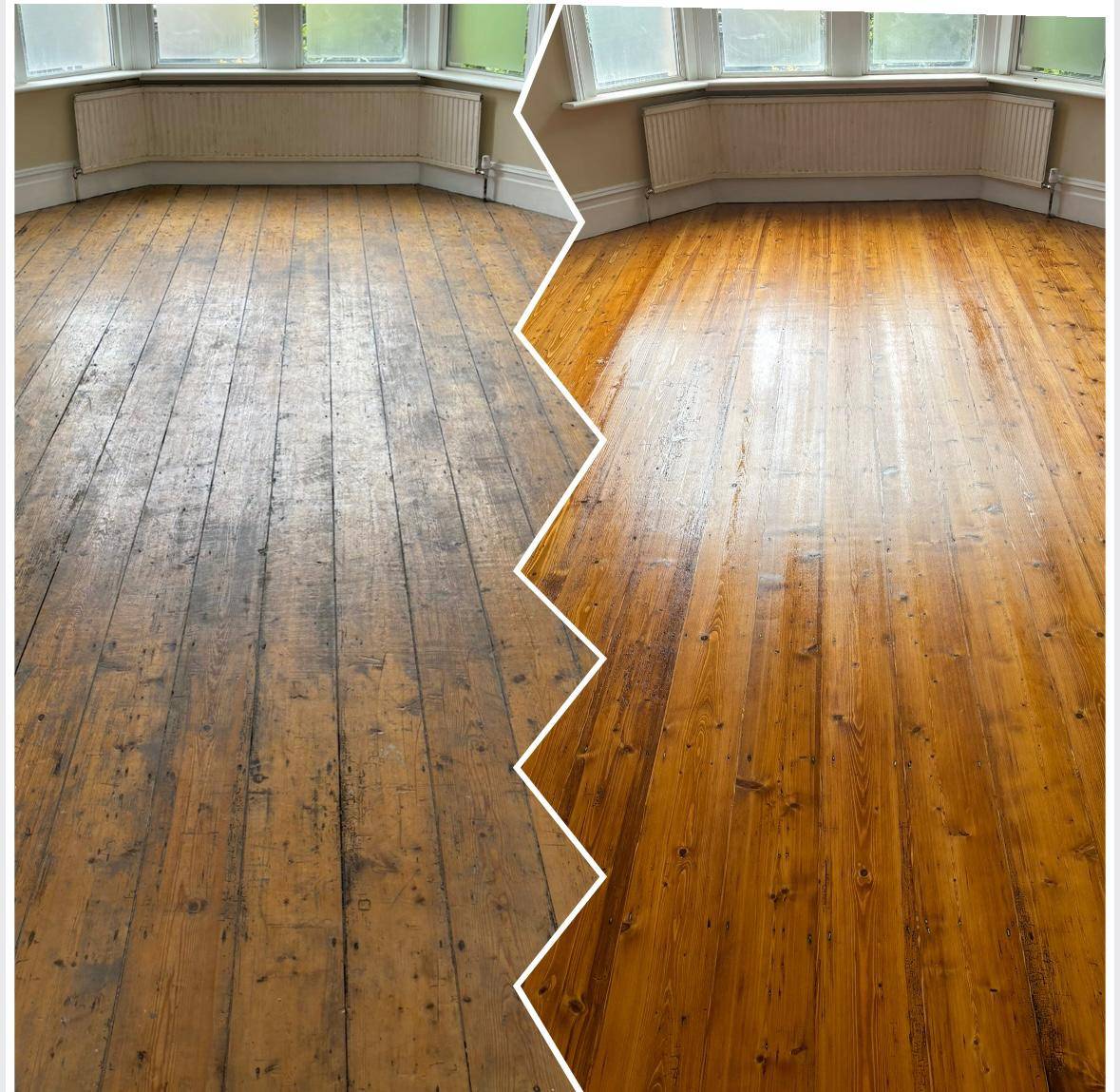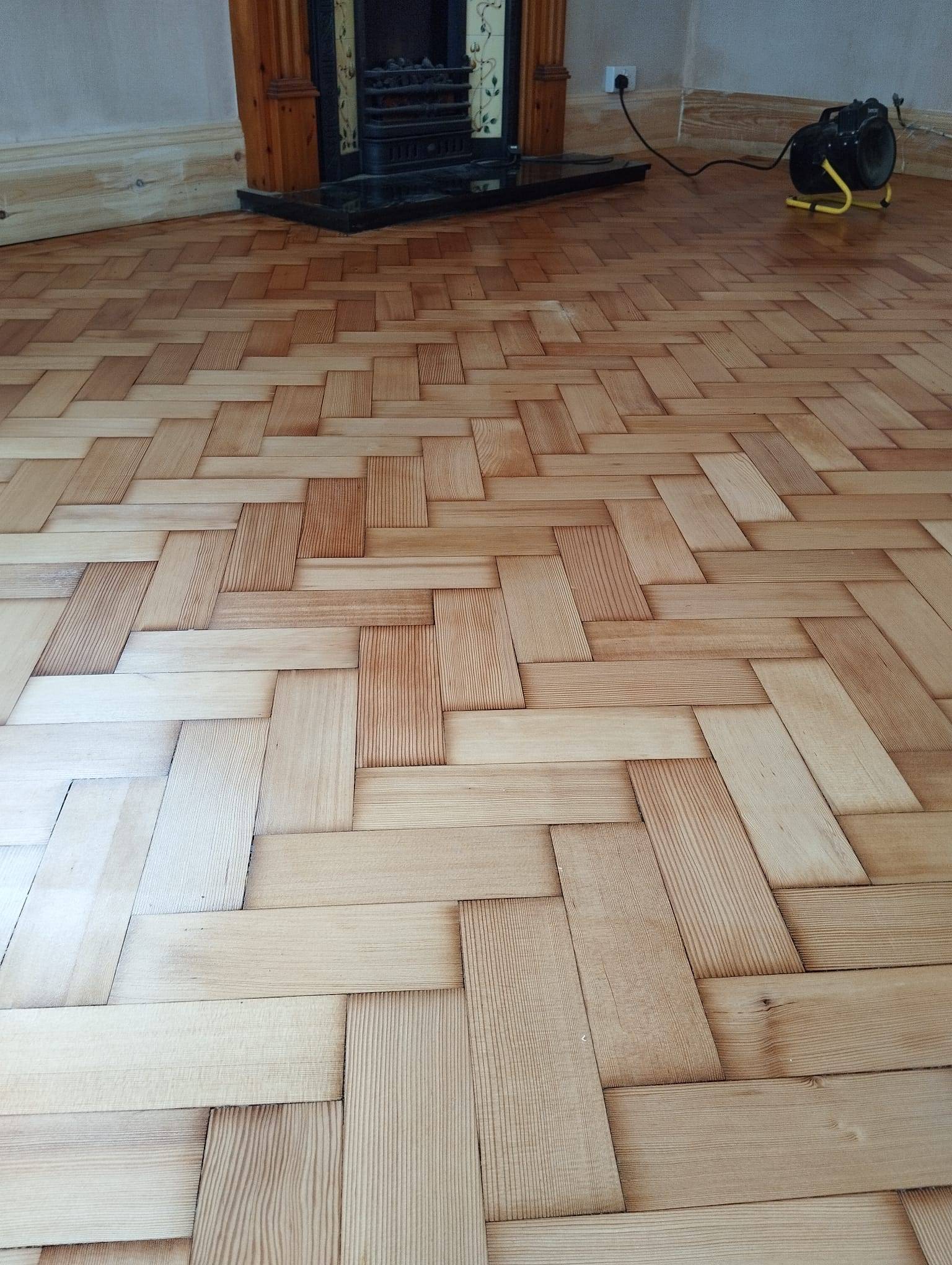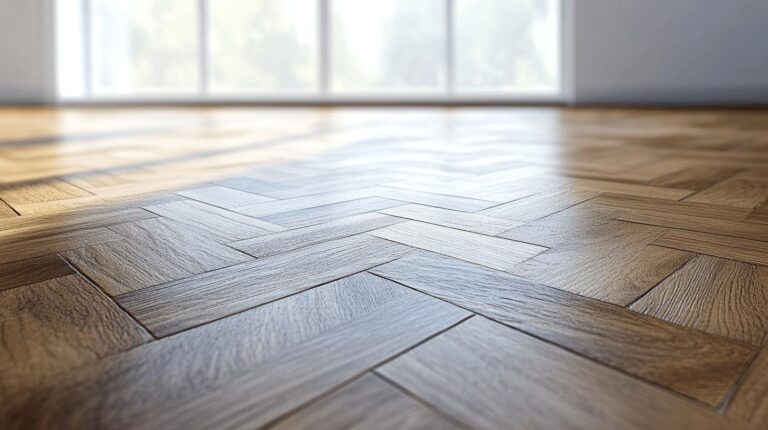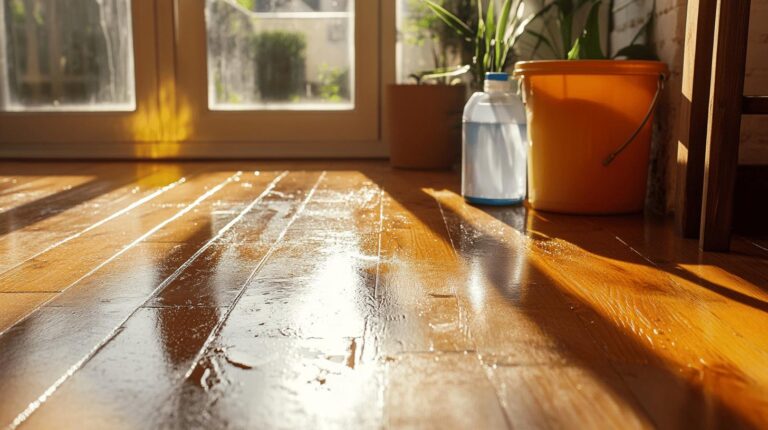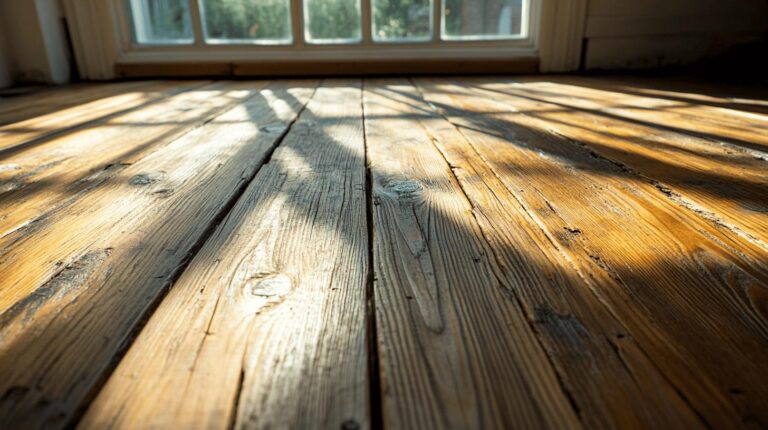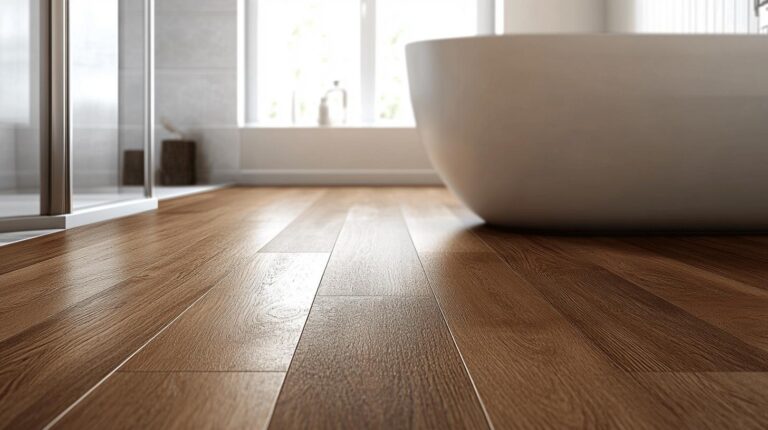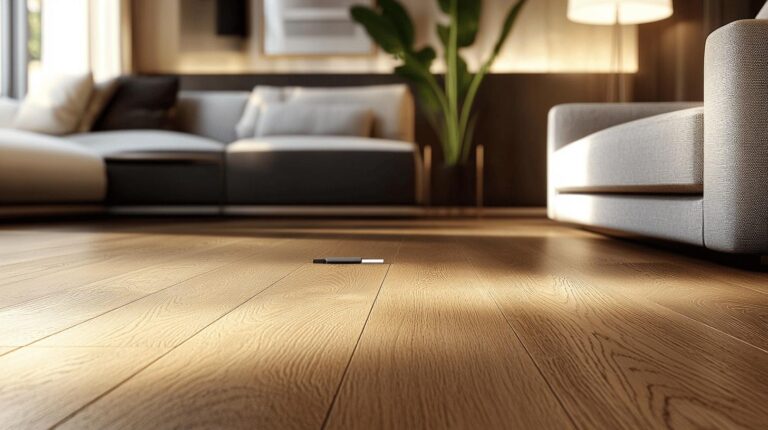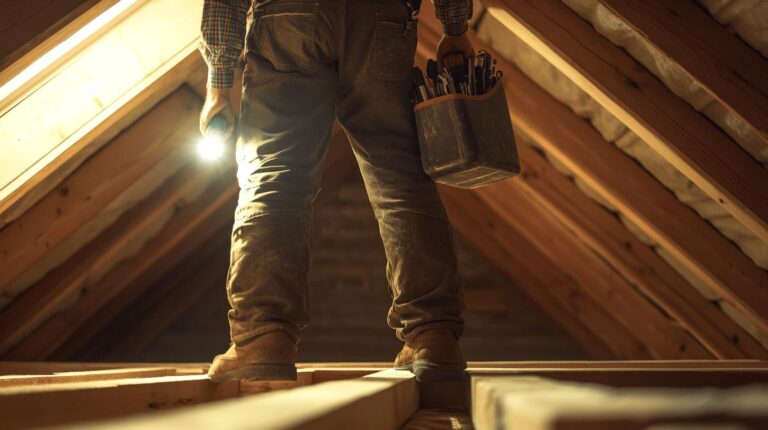In the bustling environment of commercial kitchens, protecting wood floors from slip hazards is both a safety imperative and a regulatory requirement. Did you know that slips and falls are one of the leading causes of injuries in the food service industry? Introducing effective anti-slip solutions not only mitigates these risks but also ensures compliance with safety standards. This article explores the crucial anti-slip solutions available for high-traffic zones, such as Dura Grip and Ultra Grip that enhance safety and longevity. Discover why choosing the right anti-slip treatment will transform your kitchen’s safety landscape.
Exploring Anti-Slip Solutions for Wood Floors in Commercial Kitchens
In the bustling environment of commercial kitchens, ensuring the safety of staff is paramount. Anti-slip solutions play a critical role in preventing accidents on wooden floors, which are prone to becoming slippery due to spills and constant movement. Effective slip-resistant flooring not only enhances safety but also ensures compliance with industry safety standards, reducing the risk of slip-and-fall incidents.
- Dura Grip: Known for its durability and strong grip, it is suitable for various surfaces.
- Ultra Grip: Offers enhanced traction, particularly beneficial in high-moisture areas.
- Tuff Grip: Ideal for heavy-duty use, providing a robust non-slip surface.
- Non-skid Paints: Easy to apply and effective in increasing surface traction.
- Anti-slip Tapes: Provides an immediate solution for high-risk areas.
Implementing these anti-slip solutions involves careful selection based on the kitchen’s specific needs and floor conditions. Products like Dura Grip and Ultra Grip can be applied directly to wooden floors to create a durable, non-slip surface that withstands high traffic and moisture. Non-skid paints and anti-slip tapes are versatile options, offering quick and effective traction enhancement in targeted areas.
By integrating these solutions, kitchen operators can significantly reduce the risk of slip-related incidents, fostering a safer working environment for employees. The right anti-slip solution not only protects the workforce but also ensures the kitchen operates smoothly and efficiently, free from the hazards of slippery floors.
Benefits of Anti-Slip Coatings for Wood Floors in Kitchens
Anti-slip coatings are essential for enhancing the safety of wood floors in commercial kitchens. These coatings, such as Dura Grip and Stone Grip, significantly increase slip resistance, creating a safer environment for staff who navigate the busy kitchen space. By adding an extra layer of protection, anti-slip coatings reduce the risk of accidents, which is crucial in high-traffic areas prone to spills and moisture.
Beyond safety, anti-slip coatings contribute to the longevity and durability of wood floors. They form a protective barrier that shields against wear and tear, preserving the floor’s appearance and structural integrity over time. The ease of maintenance associated with these coatings is another significant advantage; they simplify cleaning processes, ensuring that kitchen operations remain efficient and uninterrupted. By implementing anti-slip solutions, commercial kitchens can maintain a high standard of cleanliness and safety, ultimately fostering a more productive and accident-free working environment.
Installation Tips for Anti-Slip Solutions in Commercial Kitchens
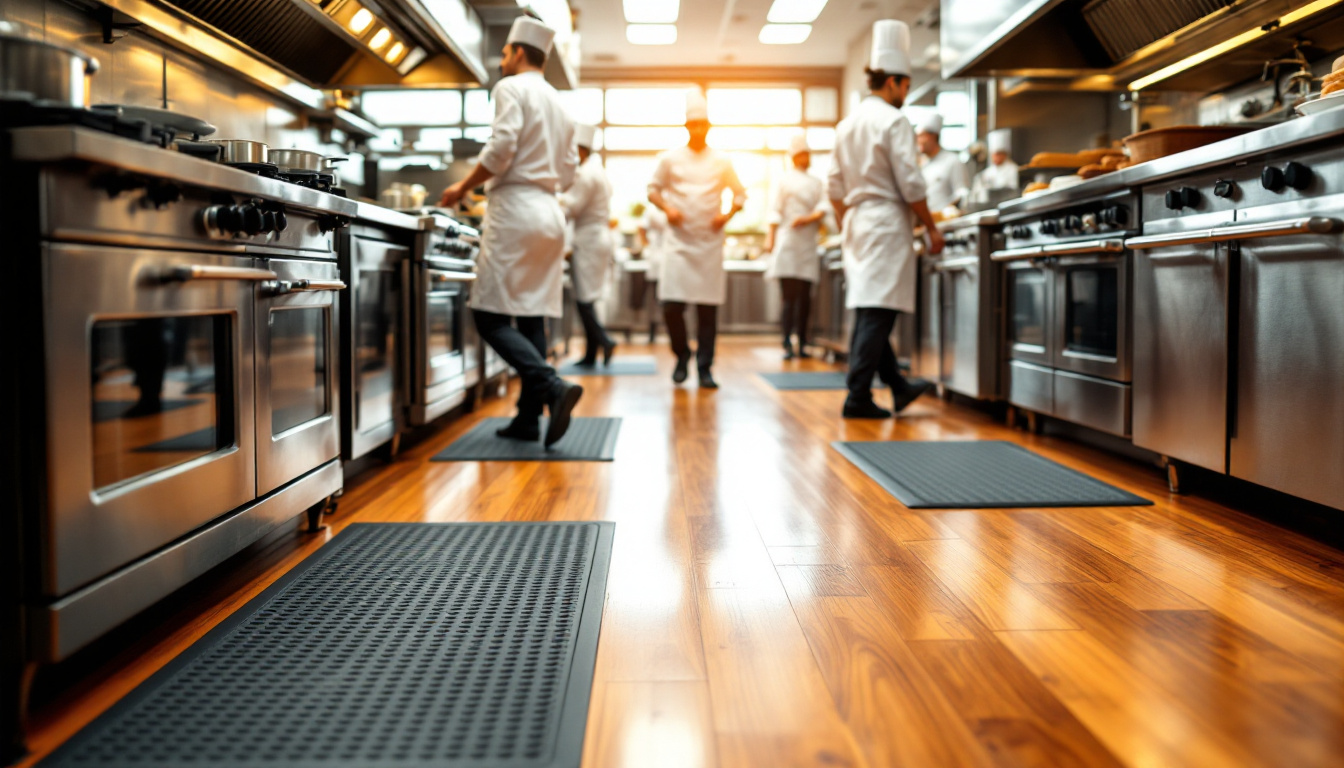
Correct installation of anti-slip solutions in commercial kitchens is pivotal to ensuring their effectiveness and longevity. Properly applied, these solutions provide the necessary slip resistance to maintain a safe working environment. Errors in installation can lead to compromised safety, leading to potential accidents. Thus, following precise installation protocols is essential for achieving optimal results and safeguarding kitchen staff.
Step-by-Step Installation Guide
Surface Preparation: The first and most crucial step in the installation of slip-proof coatings is thorough surface preparation. This involves cleaning the wooden floors to remove any dust, grease, or debris that could interfere with the adhesion of the anti-slip product. Using a degreaser or specialised cleaning agent is recommended for best results. Sanding the surface lightly can also enhance adhesion by creating a slightly rough texture.
Application Process: After preparing the surface, the application of the slip-proof coating should be conducted following the manufacturer’s guidelines. This often involves applying a primer first, followed by the anti-slip coating itself. It’s important to apply the coating evenly, using tools such as rollers or brushes suited to the product being used. Attention to detail during application ensures uniform coverage and effectiveness of the anti-slip properties.
Drying and Curing Times: Adequate drying and curing times are critical to ensuring the coating bonds properly to the wood surface. Manufacturers typically provide specific timeframes for drying and curing, which should be strictly adhered to. Rushing this process can lead to incomplete curing, reducing the durability and performance of the coating.
Tools and Equipment Needed for Installation:
- Heavy-duty degreaser or cleaning agent
- Sandpaper or mechanical sander
- Rollers or brushes for application
- Personal protective equipment (gloves, masks)
Investing in or renting these tools can make the installation process more efficient and effective, ensuring that the anti-slip solutions provide the maximum level of safety required in a busy commercial kitchen environment.
Maintenance Advice for Long-Lasting Anti-Slip Treatments
Regular maintenance is crucial to preserving the effectiveness of anti-slip treatments on wood floors in commercial kitchens. Maintaining a consistent upkeep schedule ensures that the slip-resistant properties of the floor remain intact, significantly reducing the likelihood of accidents. Neglecting regular cleaning and maintenance can lead to the accumulation of dirt and grease, which diminishes the performance of the anti-slip coatings. Implementing a routine that includes both daily and periodic deep cleaning helps maintain the integrity of the treatment. This proactive approach not only extends the lifespan of the anti-slip solutions but also enhances the overall safety and hygiene of the kitchen environment.
Using the right cleaning products and techniques is equally important to avoid damaging the anti-slip coatings. Opt for pH-neutral cleaners that are specifically designed for treated surfaces, as harsh chemicals can erode the protective layer. Microfibre mops and non-abrasive scrubbers are recommended to gently remove dirt without compromising the treatment. By consistently applying these maintenance practices, kitchen operators can ensure that their anti-slip solutions remain effective, providing a safe and reliable flooring option for years to come.
Safety Standards and Regulations for Kitchen Floor Protection
Compliance with safety standards is essential for preventing accidents and liabilities in commercial kitchens. Adhering to established safety guidelines not only protects employees but also safeguards businesses from potential legal repercussions. In environments where spills and fast-paced activity are common, maintaining non-slip surfaces is crucial. Ensuring that wood floors meet industry standards for slip resistance is a fundamental aspect of workplace safety, reducing the likelihood of slip-and-fall incidents.
Key regulations for kitchen safety focus on ensuring that flooring materials provide adequate traction under both dry and wet conditions. Standards such as the Health and Safety Executive (HSE) guidelines in the UK outline specific requirements for slip-resistant flooring, ensuring worker safety. These guidelines help businesses implement effective anti-slip solutions, such as coatings and treatments, that comply with regulatory expectations. By aligning with these regulations, commercial kitchens can create a safer work environment, fostering both productivity and employee well-being.
Successful Case Studies: Anti-Slip Solutions in Action
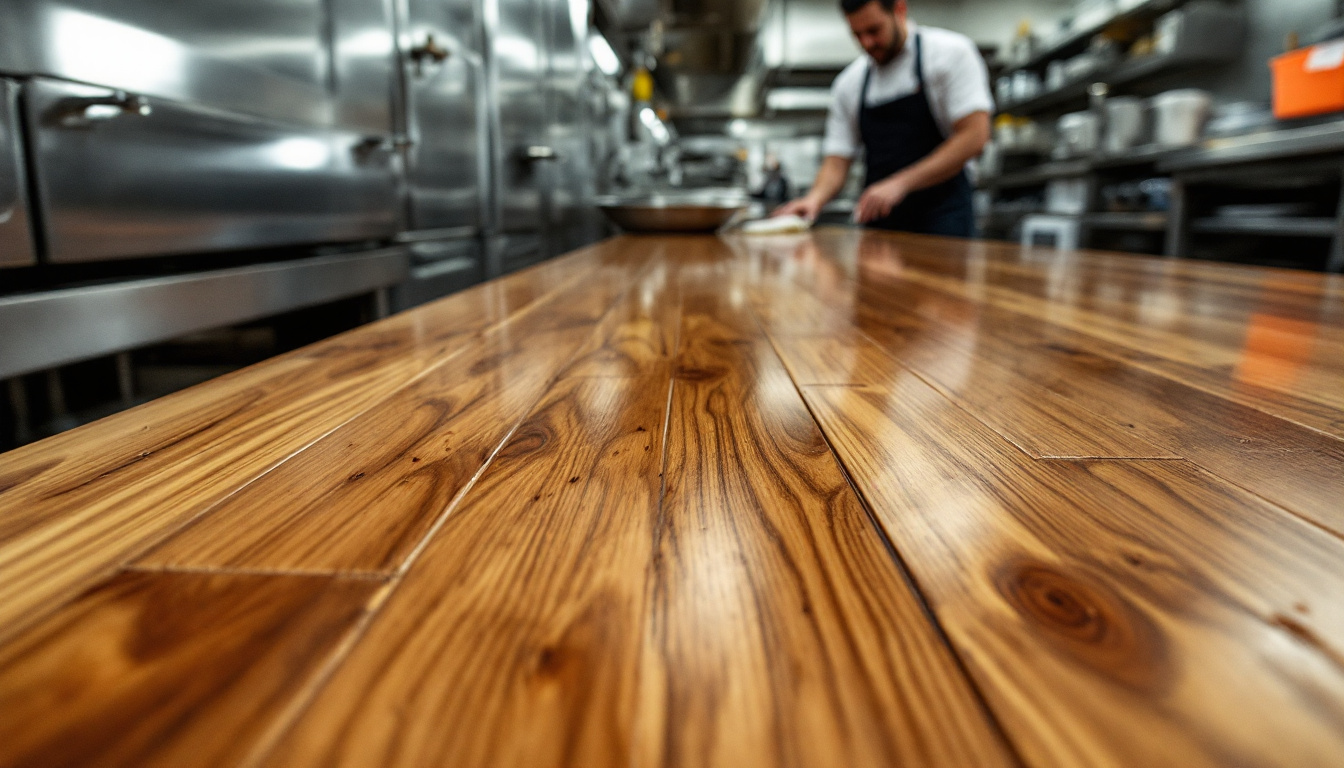
A notable case study involves a bustling restaurant in Manchester that faced frequent slip incidents, particularly in its high-traffic kitchen area. The management decided to implement Dura Grip anti-slip coatings on the wooden floors to tackle this issue. Within six months of application, the restaurant reported a 75% reduction in slip-related incidents. The staff feedback highlighted increased confidence while moving quickly between stations, enhancing overall efficiency and safety. This measurable outcome not only improved the working conditions but also reduced the restaurant’s liability concerns significantly.
The broader implications of this successful implementation extend beyond immediate safety improvements. By adopting anti-slip solutions like Dura Grip, the restaurant set a precedent for other establishments facing similar challenges. The case study underscores the importance of proactive measures in preventing accidents, showcasing how targeted interventions can lead to substantial improvements in kitchen safety. Lessons learned include the critical role of selecting the appropriate product for specific environments and the value of continuous monitoring post-implementation to maintain effectiveness. Such case studies offer valuable insights, encouraging more businesses to invest in anti-slip solutions to protect their workforce and enhance operational reliability.
Final Words
Implementing anti-slip solutions in commercial kitchens is essential for enhancing safety and maintaining efficient operations. Products like Dura Grip and Tuff Grip play a significant role in preventing slips and falls. Proper installation and regular maintenance ensure long-lasting effectiveness.
Understanding safety standards and adhering to guidelines help in reducing accidents and liability risks. Learning from successful case studies provides valuable insights. Overall, protecting wood floors in commercial kitchens with anti-slip solutions not only ensures safety but also enhances the durability and aesthetics of the flooring, contributing to a safe and inviting environment.
FAQ
How do you make wood floors slip-resistant?
Making wood floors slip-resistant involves applying anti-slip solutions such as Dura Grip, Ultra Grip, or Tuff Grip. These products enhance traction and prevent slips, while non-skid paints and tapes further improve safety.
How to protect a wooden floor in a kitchen?
Protecting a wooden floor in a kitchen can be achieved by using anti-slip coatings, like Stone Grip, to increase slip resistance. Additionally, sealing with appropriate products guards against moisture and damage.
How do I make my kitchen floor less slippery?
To make your kitchen floor less slippery, use anti-slip additives mixed into floor coatings. Proper application of these solutions is essential to ensure effectiveness and reduce slip-related accidents.
How do you seal wood floors in a kitchen?
Sealing wood floors in a kitchen involves using high-quality sealants designed for moisture-prone areas. This provides a barrier against water and maintains the integrity of the wood over time.
What are popular anti-slip products for wooden floors in commercial kitchens?
Popular anti-slip products include Dura Grip and Tuff Grip. These solutions offer enhanced safety by improving traction on wooden floors, making them suitable for high-traffic kitchen environments.
